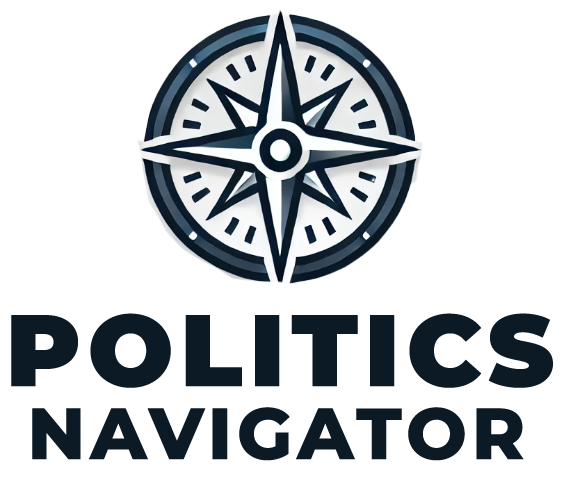How International Students Can Prove Financial Ability to Study in the U.S.
Studying in the United States is a dream for many international students, but the journey involves more than just academic acceptance. A crucial part of the process is demonstrating financial ability to cover tuition, living expenses, and other costs. This proof is essential not only for university requirements but also for securing a student visa. Here’s a comprehensive guide on how to meet these financial expectations.
Why Proving Financial Ability Matters
Universities and the U.S. government require International Students to prove they can fund their studies to ensure they won’t face financial hardships while in the country. This proof also satisfies immigration laws to prevent misuse of student visas.
To proceed, International Students must submit evidence that meets both institutional and federal standards. Once this proof is reviewed and accepted, schools issue the Form I-20, a document necessary for applying for a U.S. student visa.
Key Methods to Prove Financial Ability
1. Bank Statements
Bank statements are one of the most common ways to prove financial ability. These documents must show liquid assets sufficient to cover at least the first year of expenses.
- Savings or Checking Accounts: Most universities accept statements from accounts belonging to the student, parents, or sponsors.
- Sample Bank Letter: Schools like American University provide examples of acceptable bank letters to guide applicants.
Pro Tip: Ensure the account balance aligns with the estimated cost of attendance provided by the school, which includes tuition, fees, books, and living expenses.
2. Sponsorship Letters
If a student has a sponsor—such as a family member or employer—a sponsorship letter can be submitted as proof. This document should confirm the sponsor’s commitment to covering the student’s educational and living expenses.
What to Include:
- Sponsor’s full name and relationship to the student.
- Specific financial amounts committed.
- Bank statements or proof of the sponsor’s financial stability.
3. Education Loans
For graduate students or those without family funds, loans from international student-specific lenders like MPOWER and Prodigy Financing are increasingly popular. These lenders cater specifically to international students and often do not require a U.S.-based co-signer.
Advantages:
- Designed for students without traditional collateral.
- Accessible for those studying at qualifying institutions.
4. Scholarships and Financial Aid
Scholarships or financial aid letters from U.S. colleges and universities can also serve as proof. These documents should clearly state the amounts awarded and specify whether they cover tuition, living expenses, or both.
5. Employment Verification
In some cases, a letter from an employer detailing financial support can suffice. This option is typically used when a student’s tuition and living expenses are covered by their employer as part of a professional development program.
The Role of the Form I-20
Once financial proof is submitted and approved, the university issues Form I-20, which certifies the student’s admission and financial readiness.
Next Steps:
- Visa Application: Students use Form I-20 to apply for an F-1 or M-1 visa.
- Consulate Appointment: A U.S. consular officer reviews all documentation, including financial evidence, to determine visa eligibility.
Common Mistakes to Avoid
- Insufficient Funds: Ensure your bank statements reflect the required minimum balance.
- Unsupported Documents: Some documents, like property deeds or non-liquid assets, typically don’t qualify as proof of financial ability.
- Inconsistencies: Ensure all names and amounts match across documents.
Tips for Success
- Start Early: Begin gathering documents as soon as you apply to universities.
- Consult Your Designated School Official (DSO): DSOs are valuable resources for ensuring you meet your school’s specific financial requirements.
- Plan for Multi-Year Funding: Although you only need to prove financial ability for the first year, have a plan for funding subsequent years to avoid complications.
Proving financial ability is a crucial step for international students aspiring to study in the U.S. By providing clear and accurate documentation, students can ensure a smoother process from university admissions to visa approval. Whether using bank statements, sponsorship letters, or loans, careful preparation and attention to detail can make all the difference.











